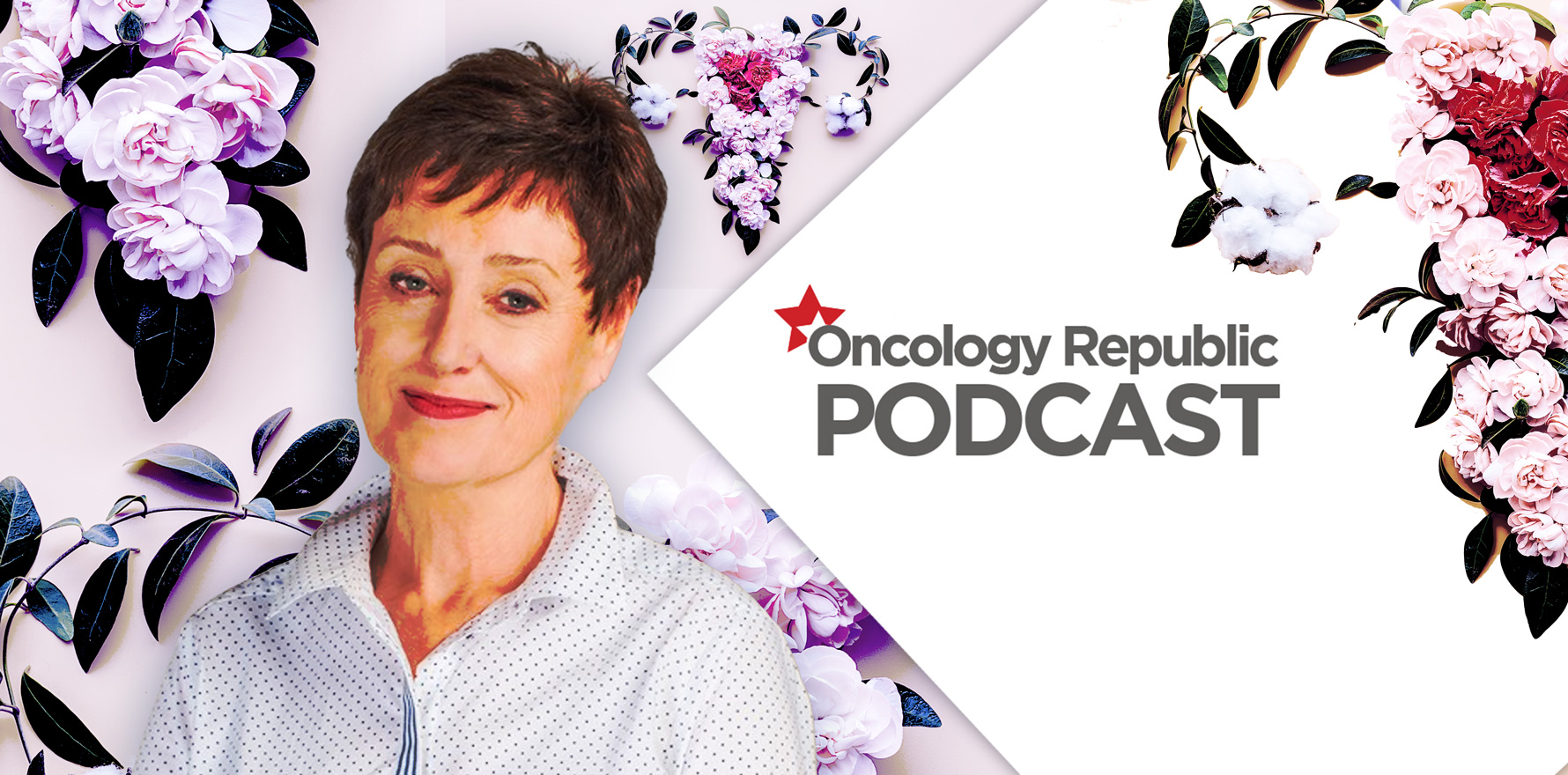Cervical cancer rates are lower but participation in HPV screening needs a boost.
In Oncology Republic podcast Professor Annabelle Farnsworth spills the tea on how the new national cervical screening program is going, five years on.
Professor Farnsworth said the new program was seeing cancer rates starting to drop but that there were challenges getting more people to participate.
“One of the major issues that the whole new program faces is recruiting women, and people with cervices, into the program. Oncologists still get distressed by this. Even in our big gynaecological oncology clinics in Sydney, they are still seeing too many young women with cervical cancer who haven’t been screened,” she said.
Professor Farnsworth said that in the old program, general practices often had reminder systems that they ran themselves to encourage patients to come back for their regular check-ups.
“Women’s health check-ups were part of that landscape as well. In the new program, some of those things may have fallen by the wayside,” she said.
Professor Farnsworth also said varying rates of cervical cancer among different populations was a “big problem”. She said First Nations people were dying from cervical cancer at higher rates than other Australians, as were people in rural areas who didn’t have equal access to further investigation and treatment services.
This episode also looks at eligibility and MBS exceptions, self-test advantages and the overwhelming number of colposcopy referrals.
“The rates of referral to colposcopy clinics within the oncology space was significantly higher than was anticipated. It’s true to say that many of these clinics got overwhelmed in the first round of the program,” Professor Farnsworth said.
You can listen and subscribe to the show by searching for “The Tea Room Medical Republic” in your favourite podcast player.


